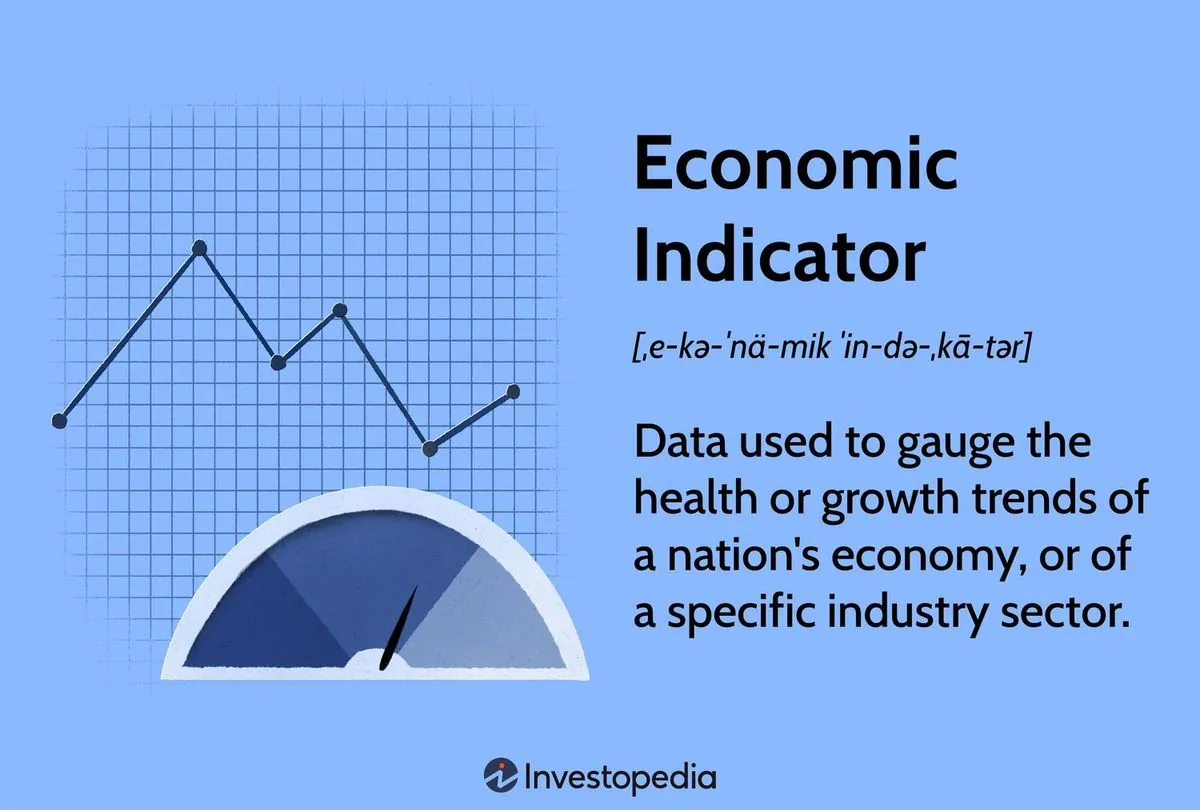Key Economic Reports Set to Shape U.S. Financial Landscape This Week
Upcoming economic indicators include construction spending, job openings, and nonfarm payrolls. Analysts anticipate a rebound in construction and accelerated hiring, providing crucial insights into the U.S. economy's health.

This week, financial analysts and policymakers are focusing on three crucial economic reports that will offer insights into the U.S. economy's current state. These indicators include construction spending, job openings, and nonfarm payrolls, which collectively provide a comprehensive view of economic health and labor market dynamics.
The U.S. Census Bureau is set to release its construction spending report for July 2024. Economists project a 0.4% increase, reversing the 0.3% decline observed in June. This rebound is particularly significant as the construction industry contributes approximately 4% to the U.S. GDP. Recent months have shown fluctuating trends:
- February 2024: +0.5%
- March 2024: +0.1%
- April 2024: +1.3%
- May 2024: -0.4%
- June 2024: -0.3%

The Bureau of Labor Statistics (BLS) will unveil the Job Openings and Labor Turnover Survey (JOLTS) for July 2024. Analysts anticipate a slight decrease to 8.1 million job openings, down from 8.18 million in June. The JOLTS data, which has been collected since December 2000, serves as a crucial measure of labor market dynamics and is closely monitored by the Federal Reserve for monetary policy decisions.
Recent JOLTS data (in millions):
- February 2024: 8.81
- March 2024: 8.36
- April 2024: 7.92
- May 2024: 8.23
- June 2024: 8.18
The week will conclude with the highly anticipated nonfarm payrolls report for August 2024. Economists forecast an addition of 155,000 jobs, indicating an acceleration from July's 114,000 gain. This report, part of the Employment Situation Summary, excludes farm workers and certain government employees, making it a key indicator of overall employment trends.
Recent nonfarm payrolls data:
- March 2024: +310,000
- April 2024: +108,000
- May 2024: +216,000
- June 2024: +179,000
- July 2024: +114,000
These economic indicators are particularly significant as they help economists forecast future economic growth and inflation. The U.S. economy has experienced its longest expansion in history since 2009, despite the significant impact of the COVID-19 pandemic in 2020.
As the Federal Reserve and financial markets analyze these reports, they will provide crucial insights into the ongoing economic recovery and potential future trends in the U.S. financial landscape.


































